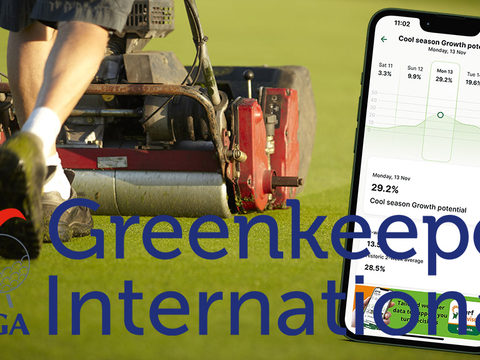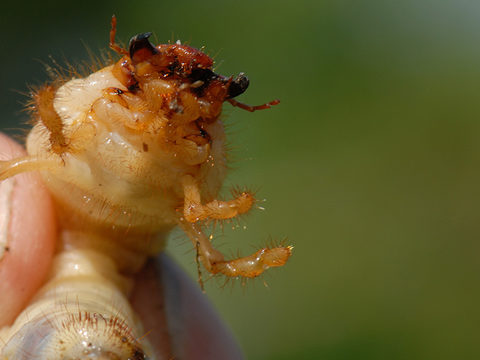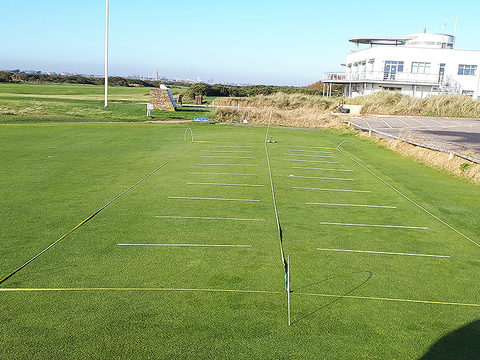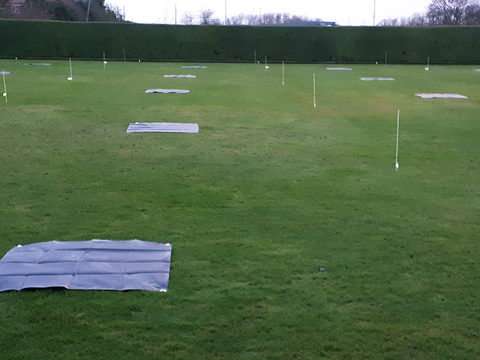May spring from a cold start
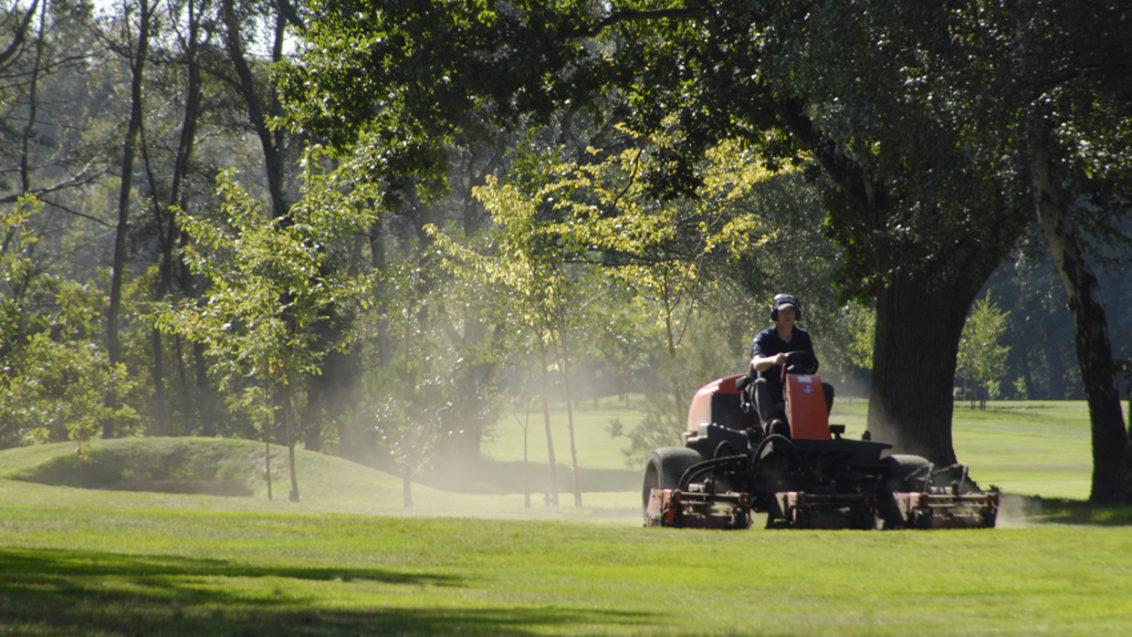
With growing conditions severely pegged back by cold nights and the incredibly dry conditions throughout April, thoughts must now turn to warmer days and, if the drought conditions do break, a rapid bounce-back of new growth and recovery.
Recent seasons have seen a surge in turf growth through warmer May conditions.
2016 - Key May weather facts
- UK average of 11.3°C, which was 1.5°C above the historical average
- Sunshine in West Scotland was nearly 33% above average
- The highest and lowest temperature were both recorded in Scotland – +27.7°C on the 9th and -5.7°C on the 14th.
- Overall rainfall was 10% below average, but for central and south east England it was 10% above
- There were fewer days with rain, but some individual rain events were severe
- Frosts were below average, with only an isolated night in most areas
Once again, the trend has shown up of periods of dry weather, interspersed with heavy downpours. Last May, for example, two periods of sudden storms – around the 10th and at the end of the month - resulted in heavy flooding and disruption affecting areas across the south of England.
A prolonged dry period puts extra early stress on turf plants that will make it very difficult to maintain surface quality through the typical high summer temperatures, as well as seriously affecting the success of seedling establishment to aid surface recovery from renovations.
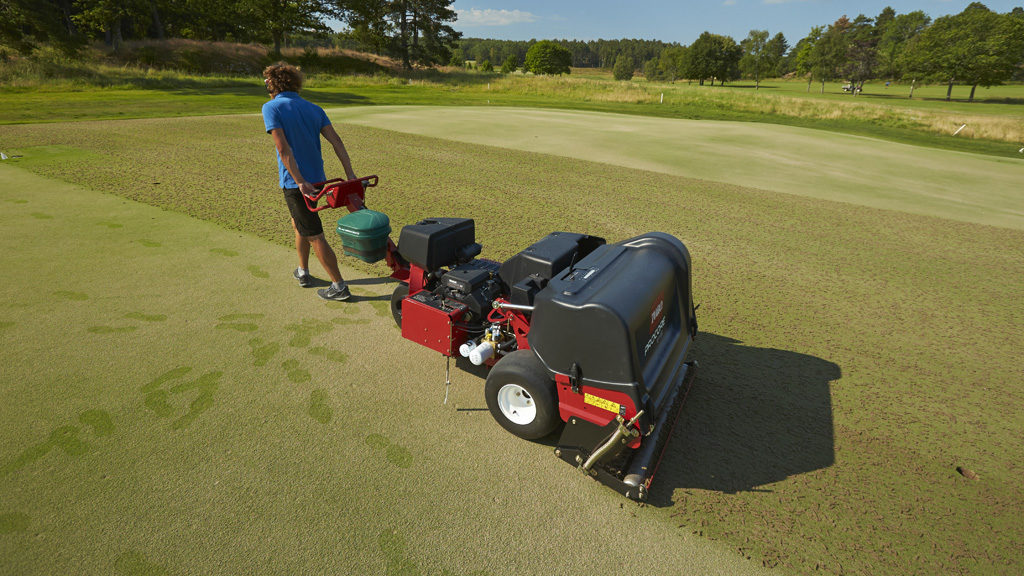
However, a sudden downpour will have a serious impact on surface firmness and playing quality – at an extremely busy time, especially for golf courses.
With such variability and unpredictability, turf managers will have to manage water more effectively. In dry periods, retaining moisture in the root zone with Qualibra will optimise the utilisation of any available rain and irrigation resources, as well as develop a greater root mass.
After heavy rain, however, the unique dual action of Qualibra, will quickly move water down from the surface to maintain playing firmness and plant health.
Soil temperatures rising
Alongside accurate local weather forecasts, GreenCast also includes current soil temperatures, to indicate turf growth potential.
Using soil temperature forecasts can help to time Primo Maxx applications most effectively to get the optimum growth regulation results – typically starting when there’s a mean soil temperature of more than 10°C for over five consecutive days.
One of the key factors is not to start Primo Maxx applications too early, and to tailor application rates and timing frequency to turf growth. If conditions are good and growth is strong, particularly with irrigation and nutrition, you will need more regular applications; but if it continues very dry and growth is slower, you can typically extend the application interval.
Watch Dan Lightfoot's advice on when to start your Primo Maxx programme
Used in conjunction with practical recording of daily boxed-off clipping yields to monitor growth patterns, soil temperatures and growing day degree calculations can help as a precise way to tailor applications to turf growth.
Table 1. Recent UK weather records highlight the great variation in May weather that has impacts on turf management. | |||||||||
Av Temp (°C) | Sun (hours) | ||||||||
2012 | 2013 | 2014 | 2015 | 2016 | 2012 | 2013 | 2014 | 2015 | 2016 |
10.5 | 9.5 | 11.2 | 9.7 | 11.3 | 199 | 177 | 150 | 176 | 214 |
Rain (mm) | Days with more than 1 mm rain | ||||||||
2012 | 2013 | 2014 | 2015 | 2016 | 2012 | 2013 | 2014 | 2015 | 2016 |
66 | 92 | 100 | 110 | 64 | 10 | 13 | 15 | 15 | 10 |
May Top Tips |
|
|
|

